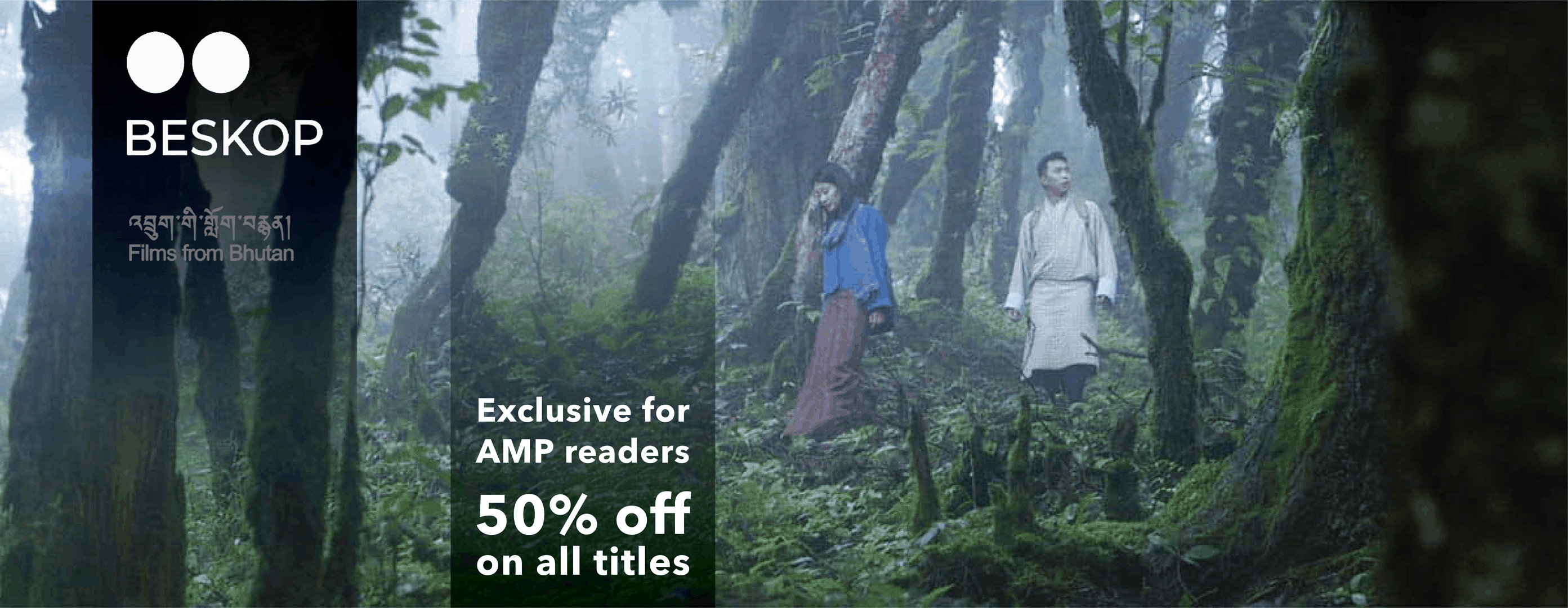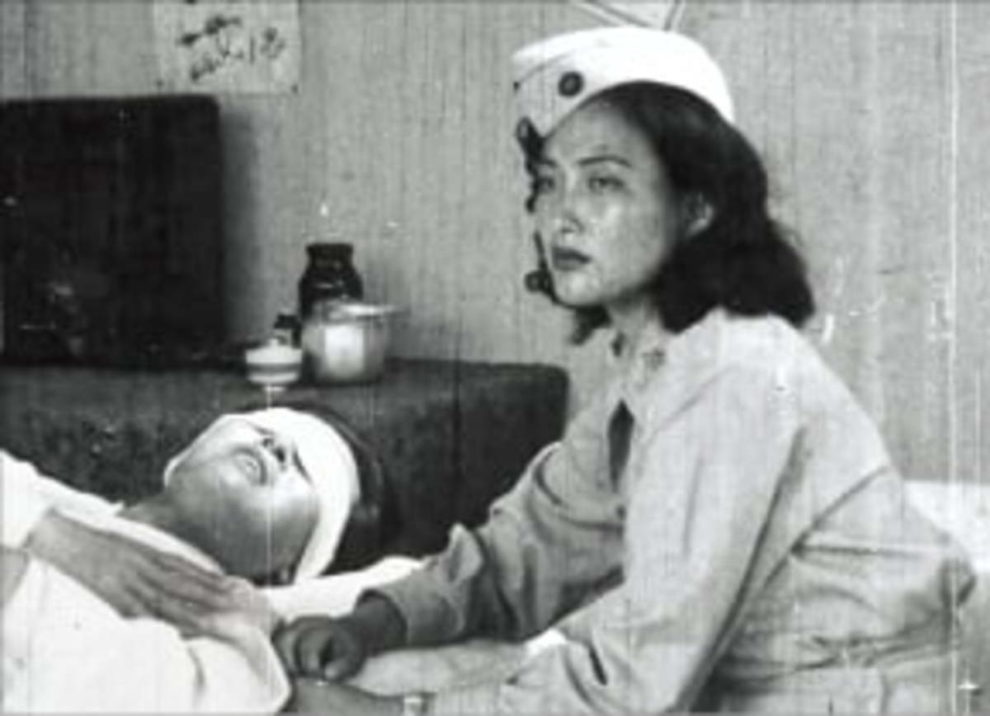I have to begin this review by stating that this is one of the most difficult ones I have written, particularly since the film, although restored to 4K, was initially discovered without sound, and subsequently, no subtitles. However, given the introduction that features in the video from the Korean Film Archive, and the synopsis available, it becomes easy to understand what is going on, at least in general, and thus, being able to comment on the movie.

The story begins in a rural, truly idyllic area, where people smile and children play and dance. It is in this setting we are introduced to the protagonist Geon-yeong, a young man who shares affection with a local girl, Soon-hui. As soon as he appears in the story, however, he is served his enlistment papers, to the extreme sadness of both his mother and Soon-hui. On the other hand, he seems to be somewhat proud for leaving for the war, and actually seems quite eager and competent in his practice as artillery operator. Alas, during the battle, he is severely injured and loses completely his sight, and is transferred to a military hospital. While there, he is being taken care of by a nursing officer, Hye-yeong, although he still dreams of the people he left behind, as exhibited in a rather dramatic scene.
When his mother learns of his situation, she decides to give him her eyes, and transfers to the hospital along with Soon-hui. The transplant goes well, but eventually the young man realizes what it took for him to be cured.
Being shot in the middle of the Korean War, Shin Kyeong-gyun obviously did not have the equipment that would allow him to shoot any kind of intricate scenes, and in order to present the war, he included documentary footage in the narrative. However, despite the technical limitations, his comments about the blight of war are rather eloquent, with the difference between the initial setting and the one during the war highlighting this notion in the best fashion. At the same time, by implementing various non-war scenes during Geon-yeong's days in the hospital, of little girls dancing for example, he succeeds in toning down the drama, in a much needed “trick” considering the nature of the film.
More than anything however, and due to the eventual sacrifice, the movie emerges as an ode to motherhood, a concept, which when combined with the title, points towards the mother of all the 30 million residents of Korea, essentially the country itself, in a rather intricate metaphor.
Considering the lack of sound and the quality of the film, not much can be said about the technical values, apart from the editing, where Yang Ju-nam has done a great work in combining documentary footage with the cinematic scenes.
“A Bouquet of Thirty Million People” shows the artfulness of Shin Kyeong-gyun and Yang Ju-nam, but considering its nature, remains a movie only directed to researchers. The scene with the children dancing though, is particularly spooky without the sound, and I feel the movie deserves a look, even for just this one.















